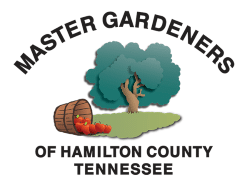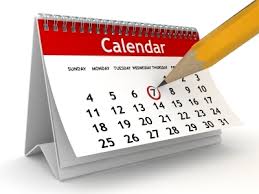Following are some tips for your August gardening calendar from the University of Tennessee Institute of Agriculture.
Perennials, Annuals, & Bulbs
- Keep after the crabgrass and other weeds that want to invade your lawn and garden. Avoid letting weeds go to seed letting them be an even bigger problem next year.
- Begin collecting seeds of annuals and perennials for next year’s garden. Cut seed heads and place in a brown paper bag to dry, labeling each bag with the name of the plant.
- Sow pansies, ornamental kale and cabbage, and Swiss chard seed in a good quality potting medium. After seedlings develop true leaves, transplant them into individual cell packs or pots. Feed with a water-soluble fertilizer. By late September or early October they should be ready to transplant into the garden.
- Divide and transplant bearded iris during the month of August. Cut back the foliage by two-thirds, dig and divide rhizomes, and remove any dead portions. Check for iris borers and replant in a sunny, well-drained location with one-third of the rhizome above the existing soil level. Water well.
- August is also a good time to dig and divide daylilies, using a sharp shovel to split the clumps into desirable sizes. Cut back foliage to 5 inches and replant in a sunny location.
Shrubs & Trees
- Avoid pruning trees and shrubs starting in late August, particularly hedging plants such as boxwood, hemlock, and hollies, as doing so this late in the season can stimulate new growth that will not harden off before frost. If spring-flowering shrubs are pruned now, you will be sacrificing next year’s flower. Delay pruning any tree or shrub until the plant is dormant. Any major pruning should be done in late winter.
- Avoid fertilizing most trees and shrubs from August to November. Fertilize roses one last time to encourage new growth and late summer/early fall flowers.
- Many trees and shrubs are now setting fruit and flower buds for next season, so it is important for the plants to have sufficient water at this time. A lack of water now will reduce next season’s crop of fruit or flowers. Use mulch to help conserve moisture and keep the soil temperature cooler during the dog days of August. Also, use soaker hoses to water deeply and minimize water loss due to evaporation.
Fruits & Veggies
- Dig potatoes after the tops have died down.
- After the last raspberry harvest for the year, prepare for next year while also avoiding diseases by pruning out old flowering canes leaving only 3-4 young canes per foot of row. Wait until spring to prune back shoot tips.
- To reduce the number of pests on your fruit trees for the coming year, pick and destroy all fallen fruit.
- Gather herbs and flowers for drying and preserving. The best time to gather herbs for drying is during the mid-morning hours, just after the dew has dried off the herbs, but before the sun causes them to wilt. Cut the herbs in clusters with the stems attached.
Odds & Ends
- Hummingbirds migrate in August so keep feeders full.
- Photograph your garden to help yourself remember what you did and did not like this year. See what works, what doesn’t, and when the time comes to add or remove plants, you will be able to see what needs to be done when you analyze the photos this Winter. You will know what plants you need to mover, remove, or add.
- Change the water in your bird bath regularly, and keep it filled. Standing water is less healthy for the birds, and may become a breeding ground for mosquito larvae.


